No Small Matter Covid-19 Pivot – Global Screening Event
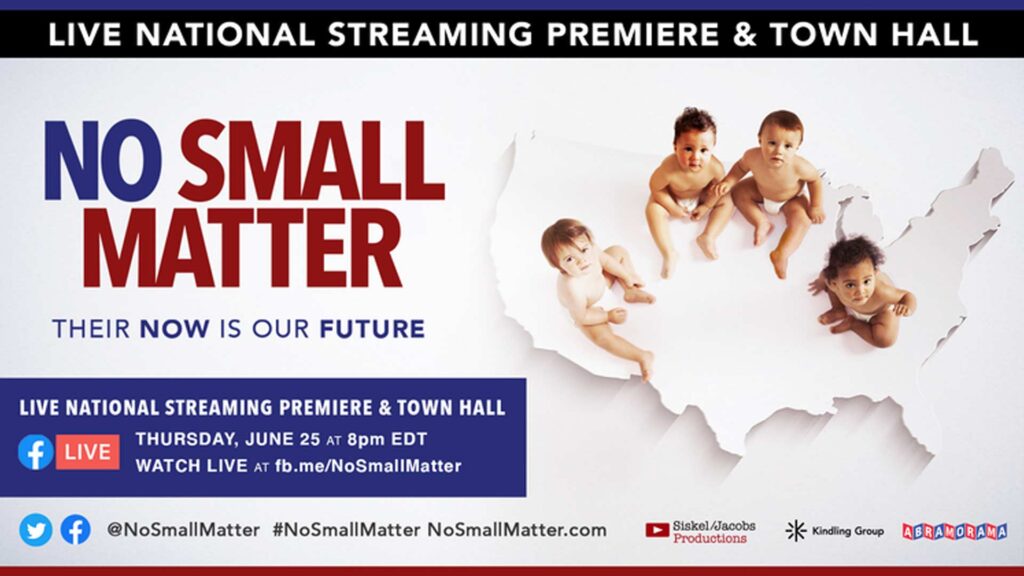
Since last fall I have been working with the team behind No Small Matter (directors Danny Alpert, Greg Jacobs, Jon Siskel, producer Rachel Pikelny and impact producer/co-producer Laura Fallsgraff) to create a national event to cap their incredible impact focused grassroots campaign that had already resulted in over 1200 community screenings. This massive campaign had […]
Romania Interviews
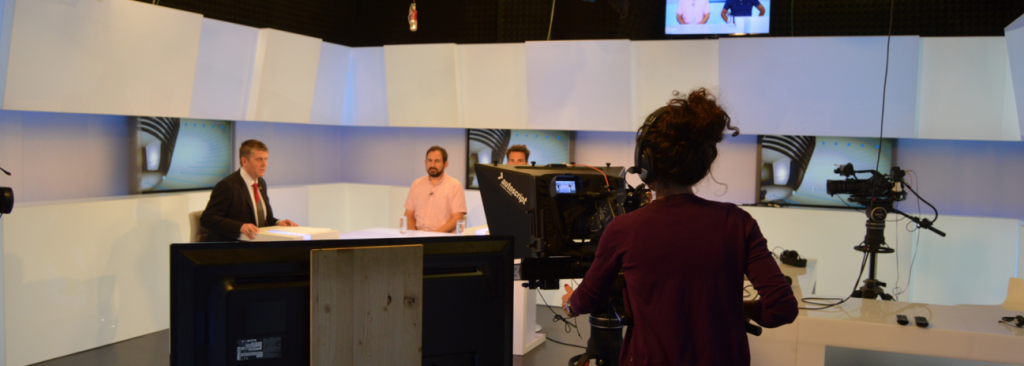
I just got the links to the TV and Radio interviews that I did while in Romania. We talked a lot about distribution and marketing within the film industry, and how that relates to all art forms – specifically in Romania. Check them out below. Digi TV Romanian State Television Radio Cultural
Distribution Case Study – “Finding Hillywood”
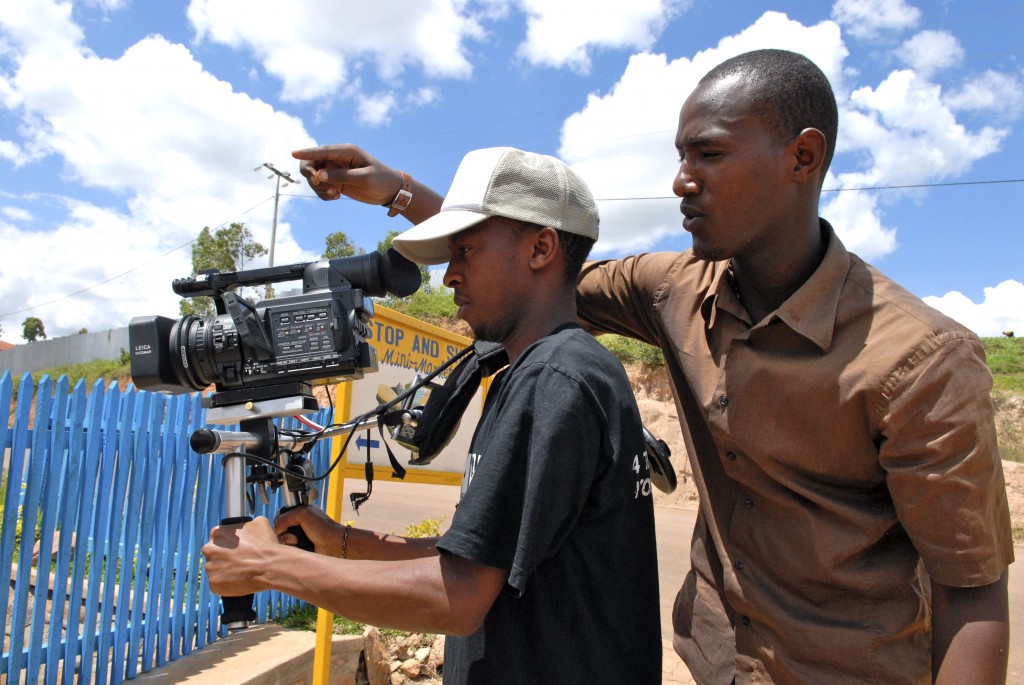
Written by Leah Warshawski (Producer/Director) / Introduction by Jon Reiss I recently wrote a two part article featuring four documentary filmmakers who pursued hybrid releases with their films and who were generous enough to share the real data from their films’ releases – Transparency: Four Filmmakers Give Up the Gold Pt1 and Pt 2. Upon reading […]
New Selling Your Film Book Released– and it’s FREE
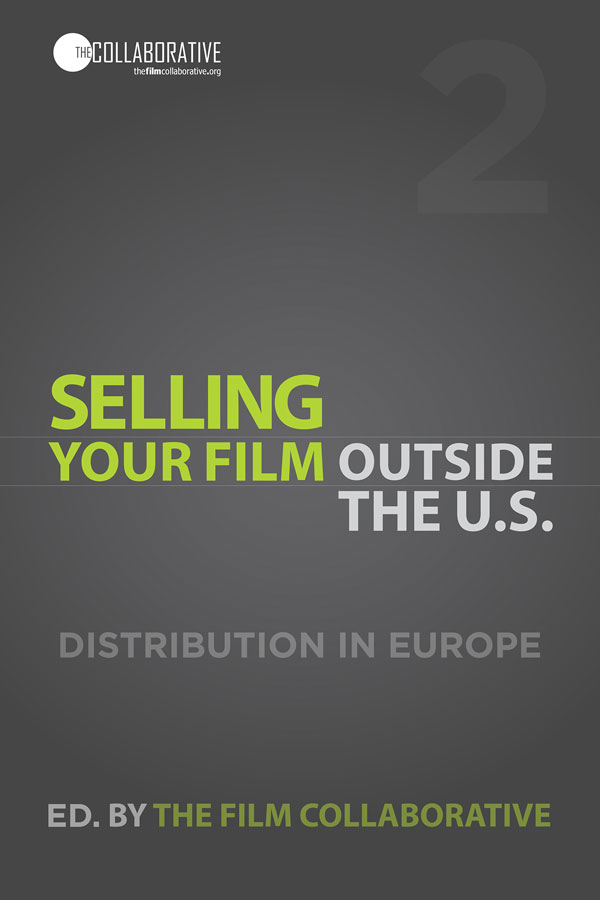
I’m really excited about this brand new book, Selling Your Film Outside the U.S. (click here to download the book for free) that I wrote with Sheri Candler, The Film Collaborative co-executive directors Orly Ravid and Jeffrey Winter and Wendy Bernfeld, managing director of the European content curation and licensing company Rights Stuff BV edited […]
How I Made a Feature Film Right Out of Film School (Guest Post)
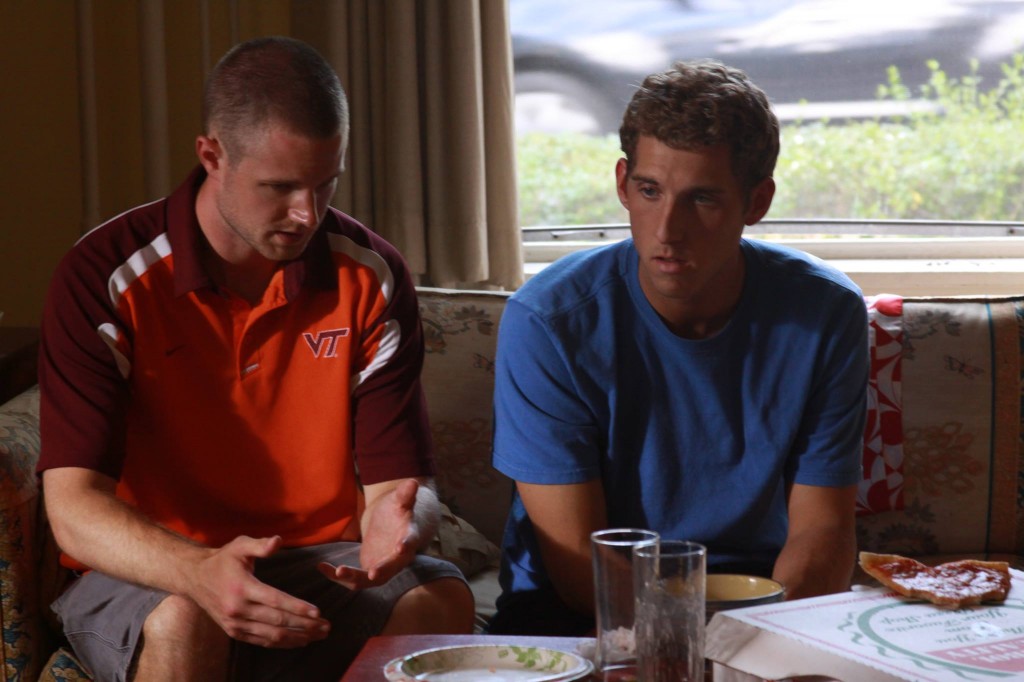
I’m Jaymes Camery and I just wrapped production on my first feature film, Guys and Girls Can’t Be Friends. I graduated from California Institute of the Arts with an MFA in Film Directing in May 2013. I grew up in Virginia and have always had a special affinity for stories that take place in the South. […]
Theatrical is Dead – Long Live Theatrical: Events, Experiences, Scarcity & The Age of Abundance
Part 3 of How to Make Money in the Age of Abundance By Jon Reiss Theatrical is Dead Long Live Theatrical. The holy grail of a theatrical release still rings as a delusion for many. Fighting words still for untold thousands of filmmakers. Who doesn’t want their name in lights – long lines around the […]
Ask Not What Your Audience Can Do For You – But What You Can Do For Your Audience
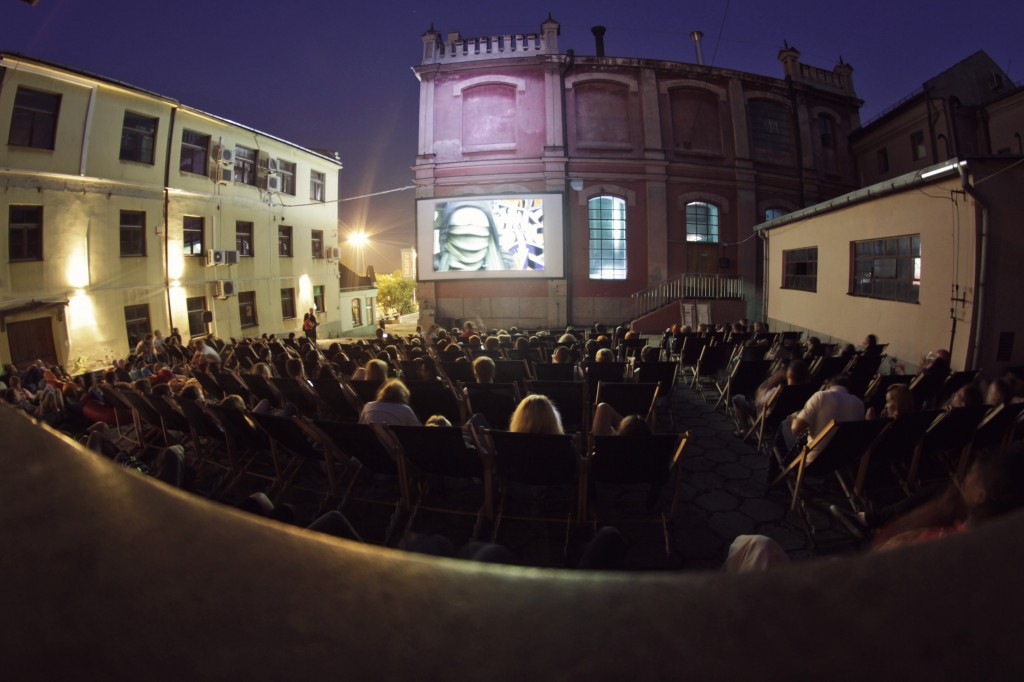
Part 2 of How to Make Money in the Age of Abundance When I wrote the first post in this series, I thought this would only be a two-parter, but I decided to expand this to a 4-part series because of a little voice in my head that said I needed to talk about audience engagement more. […]
Ways to Distribute Merchandise
I recently posted a short piece about innovative merchandise. Here is a quick rundown on the different ways to sell your merch! Let me know what you think!
Creating Innovative Merchandise
Its the IFP Film Week in NYC where I just was for the IFP Lab and the new IFP PMD Lab – so with that in mind – I am posting my new clip about merchandise and an intro to innovative merchandise.
Top 5 Misunderstandings About Self Distribution
In the US many filmmakers are starting to get that they need to be responsible for distributing and marketing their films. We’ve been in this new paradigm since 2007 at least. But here in Europe – the mythology of white knights rescuing your film and you and carrying your film into the limelight is still […]